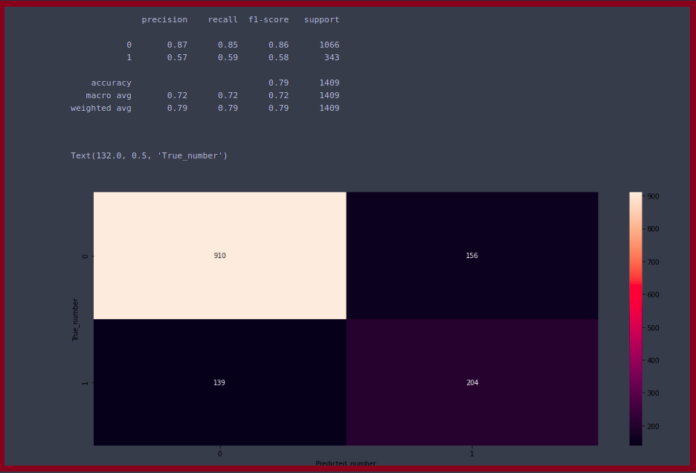In numpy, arrays may have a data-types containing fields, analogous to columns in a spreadsheet. An example is [(a, int), (b, float)], where each entry in the array is a pair of (int, float). Normally, these attributes are accessed using dictionary lookups such as arr['a'] and arr['b']. Record arrays allow the fields to be accessed as members of the array, using arr.a and arr.b.
numpy.recarray.cumsum() function returns the cumulative sum of array elements over a given axis.
Syntax :
numpy.recarray.cumsum(axis=None, dtype=None, out=None)Parameters:
axis : Axis along which the cumulative sumis computed. The default is to compute the sum of the flattened array.
dtype : Type of the returned array, as well as of the accumulator in which the elements are multiplied.
out : [ndarray, optional] A location into which the result is stored.
-> If provided, it must have a shape that the inputs broadcast to.
-> If not provided or None, a freshly-allocated array is returned.Return : A new array holding the result is returned unless out is specified, in which case it is returned.
Code #1 :
# Python program explaining# numpy.recarray.cumsum() method# importing numpy as geekimportnumpy as geek# creating input array with 2 different fieldin_arr=geek.array([[(5.0,2), (3.0,-4), (6.0,9)],[(9.0,1), (5.0,4), (-12.0,-7)]],dtype=[('a',float), ('b',int)])("Input array : ", in_arr)# convert it to a record array,# using arr.view(np.recarray)rec_arr=in_arr.view(geek.recarray)("Record array of float: ", rec_arr.a)("Record array of int: ", rec_arr.b)# applying recarray.cumsum methods# to float record array along axis 1out_arr=rec_arr.a.cumsum( axis=1)("Output array along axis 1: ", out_arr)# applying recarray.cumsum methods# to int record array along default axisout_arr=rec_arr.b.cumsum()("Output array along default axis : ", out_arr)Output:Input array : [[( 5., 2) ( 3., -4) ( 6., 9)] [( 9., 1) ( 5., 4) (-12., -7)]] Record array of float: [[ 5. 3. 6.] [ 9. 5. -12.]] Record array of int: [[ 2 -4 9] [ 1 4 -7]] Output array along axis 1: [[ 5. 8. 14.] [ 9. 14. 2.]] Output array along default axis : [ 2 -2 7 8 12 5]

